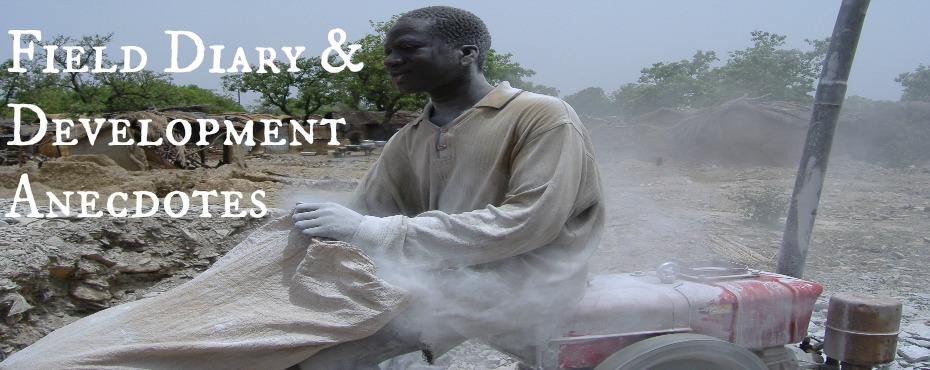This past week, at the second meeting of the International Working Group on Labour in Cocoa Farming, in Accra, Vice President John Dramani Mahama called for the US Department of Labour to remove Ghana’s cocoa from its list of goods produced by ‘child or forced labour’. Ghana’s cocoa regions have long been identified as ‘hotspots’ for child labour – that it is an industry comprised of children supposedly working in appalling conditions. The US Department of Labour has included Ghana’s cocoa on a list of 122 products from 58 countries on its Trafficking Victims Protection Reauthorization Act of 2005 (TVPRA List). ‘This is unacceptable and serves to undermine the efforts that we are making to address the issue of the worst forms of child labour as well as a disincentive for other countries to embark on any comprehensive effort,’ the Vice-President said. He continued by citing that the inclusion of Ghana and neighbouring Cote d’Ivoire on the list stemmed from the inability of stakeholders in the cocoa industry to agree on common indicators and benchmarks for measuring the impact of child labour.
On this issue, the Vice President may a point. People in the developed world, particularly those in the ivory tower, seem to have a distorted image of child labour in rural sub-Saharan Africa, seemingly unaware of the fine line between ‘child labour’ in the exploitative sense and children ‘going to farm’. We need look no further than Kanye West’s music video of ‘Diamonds are Forever’, which contains images of children being beaten whilst mining diamonds underground in Sierra Leone, despite the fact that there are no underground mines in that country, to realize how little Westerners know about the issue of child labour in sub-Saharan Africa. The suggestion made in Accra was exactly this: that the United States Government is completely unaware of the situation on the ground, drawing conclusions about situations it knows absolutely nothing about. Ironically, the Vice President is in no position to refute these claims because much like the US Government, he himself has not gone to the field to properly size up the situation. The Vice President’s claim, therefore, is about as reliable as the potentially-erroneous claims being made by the US Government.
But what is perhaps even more bizarre than two governments disputing over something they no absolutely nothing about is the idea of the United States Government actually accusing a country of trafficking individuals. After all, this is the only country, along with Somalia, that has not ratified The United Nations Convention on The Rights of the Child. Somalia can be given some reprieve here, given that it has not had a functional government since 1991 but what is the US’s excuse? Of course, ratification would mean cracking down on a series of US-based clothing companies, a long list of multinationals that include Walmart, GAP, Nike and Adidas, which, if reports are accurate, owe child labour for their hefty profit margins.
But have no fear: hope is on the horizon. Recently, US president Barack Obama described his country’s failure to ratify the UN Convention as ‘embarrassing’, and, much like the climate change issue, has promised to review it. Maybe when he does eventually get around to it, makes an eloquent speech from the White House, and organizes a conference in a world clothing capital like Paris or Milan, we should nominate him for another Nobel Prize.
